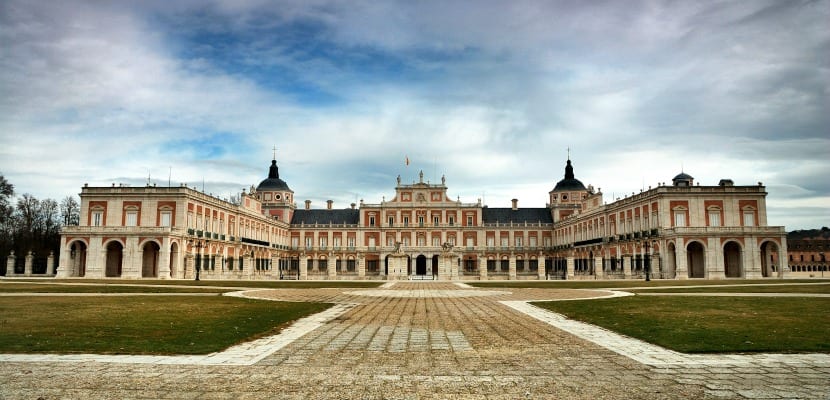
Aranjuez Since the time of the Reconquest, it was property of the Order of Santiago, whose grand masters had a palace here on the site of the current one due to the lushness of its landscape and the mildness of its climate. When the Catholic Monarchs assigned the sovereign the role of Grand Master of Santiago, Aranjuez was incorporated into the Crown. This fertile plain at the confluence of the Tajo and Jarama, over time became the quintessential country residence of the Spanish Royal Family.
The Habsburgs wanted to make Aranjuez a great Italian-inspired town and the Bourbon dynasty helped to develop the splendor of the Royal Site, where they spent all spring until July arrived. That is why this town in the south of Madrid It became famous for its spectacular palace and delicate gardens, which are visited by thousands of tourists from all over the world every year.
History of the Royal Site of Aranjuez
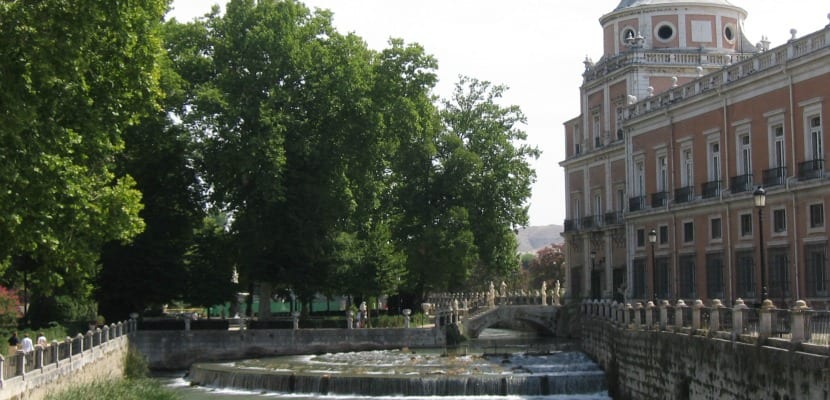
The Emperor Carlos V decided to make this inheritance a great Italian-inspired villa, a design continued by his son Felipe II upon his death, who ordered the construction of the new palace on the site of the masters of the Order of Santiago. It owes its architecture to Juan Bautista de Toledo (who made the layout of the tree-lined streets that organize the territory dedicated to gardens and crops) and Juan de Herrera.
The Bourbons contributed to developing the splendor of this Royal Site. Felipe V arranged new gardens and Fernando VI the layout of more tree-lined streets. In 1775 Carlos III ordered the construction of two more wings in the palace and the new town reached its full development under the reign of Carlos IV. The monarchs Fernando VII and Isabel II continued visiting Aranjuez during the spring, so the royal splendor of the Palace of Aranjuez remained until 1870.
Style of the Palace of Aranjuez
The Royal Palace built by Felipe II on the site of the old palace of the Masters of Santiago began in 1564 and owes its architecture to Juan Bautista de Toledo and Juan de Herrera, who only finished half of it. Although lfull of original features of the Renaissance In its approach, the Palace of Aranjuez is characteristic of the classicism of the Habsburgs with alternation of white stone and brick.
The original plan was continued by Felipe V de Borbón in 1715 and finalized by Fernando VI in 1752 following the plans that Juan Bautista de Toledo had conceived and that had taken two centuries to complete. However, the Palace of Aranjuez only remained that way for twenty years, since in 1775 Carlos III ordered the addition of two more wings.
The interior of the Palace of Aranjuez
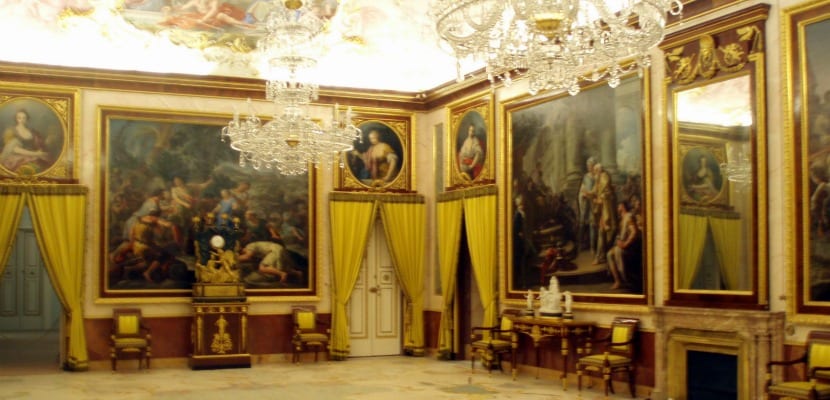
In case you want to visit the interior of the Palace of Aranjuez, tickets must be purchased at the palace itself. Prices depend on whether the visit is guided or not. I advise you to choose the first option since a professional tour guide will tell you the history of the Royal Site of Aranjuez and you will also have access to the private rooms of the kings and the Museum of Faluas for only 15 euros. Conversely, If the visit is free, the entrance will only cost you 9 euroYes, but you will miss all of the above.
Inside the palace you will be able to contemplate Flemish tapestries, paintings and furniture of incalculable value and outside you will be able to enjoy the wonderful gardens through which the royalty and nobility of Spain walked centuries ago. Access to them is free.
What other places to visit in Aranjuez
- Royal House of the Labrador
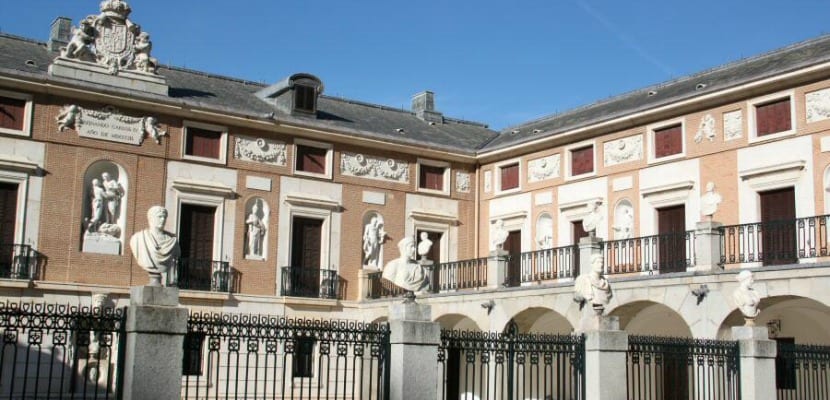
Being Carlos IV of Borbón Prince of Asturias, the pavilions of the Ferdinand VI pier were used as a recreational house and the Garden of the Prince was created in the surroundings. When he ascended to the throne he decided to build at the opposite end of these gardens a new country house called del Labrador, for its modest facades that from the beginning were intended to contrast with the luxury of its interior. The ornamentation is mainly due to the interior designer Jean-Démosthène Dugourc and the French and Italian influence is notable. The Empire style is the most recurrent.
The Real Casa del Labrador was built by the major architect Juan de Villanueva and his disciple Isidro González Velázquez, to whom some of its interiors are owed.
In 2001 it was listed as Heritage, along with other historical-artistic precincts of the town, inscribed in the Unesco list with the name of Cultural Landscape of Aranjuez. Your visit is allowed, from established hours.
Other buildings of great interest to visit in Aranjuez are the Medinaceli Palace, the House of Trades and Knights, the House of Employees, the Church of San Antonio, the Plaza de Toros, the Mercado de Abastos or the Hospital de San Carlos.
- Gardens of the King, the Island, the Parterre and the Prince
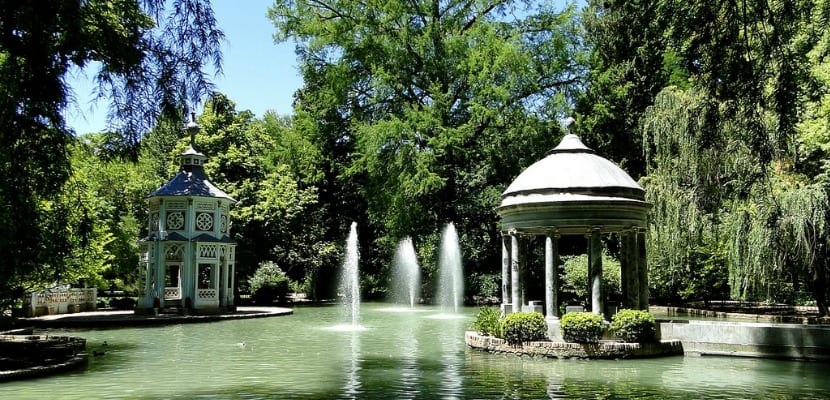
Felipe II, a great lover of gardens, made a special effort to decorate Aranjuez. The Garden of the Island, designed by the architect Juan Bautista de Toledo, and that of the King immediately to the palace and whose current decoration is due to Felipe IV are preserved from its time.
Also on the Island, most of the sources are due to Felipe IV, although the Bourbons continued to enrich him with details such as the banks of Carlos III.
Felipe V added to the existing gardens the Parterre in front of the palace and the end at the end of the Garden of the Island, called the Isleta, where he installed the Fountain of the Tritons that Isabel II had brought to the Campo del Moro.
The Garden of the Prince owes its name and its creation to the son of Carlos III who in the 1770s began to use the old Ferdinand VI pier as a recreation pavilion and to develop a garden in the Anglo-French fashion around it with direct influence from the Marie Antoinette gardens at the Petit Trianon.